A test for the best: Taking on the roads of the Archer Grand Prix
In the latest in our series looking back at the roads of classic races, Simon Warren explores the Chiltern roads of the Archer Grand Prix
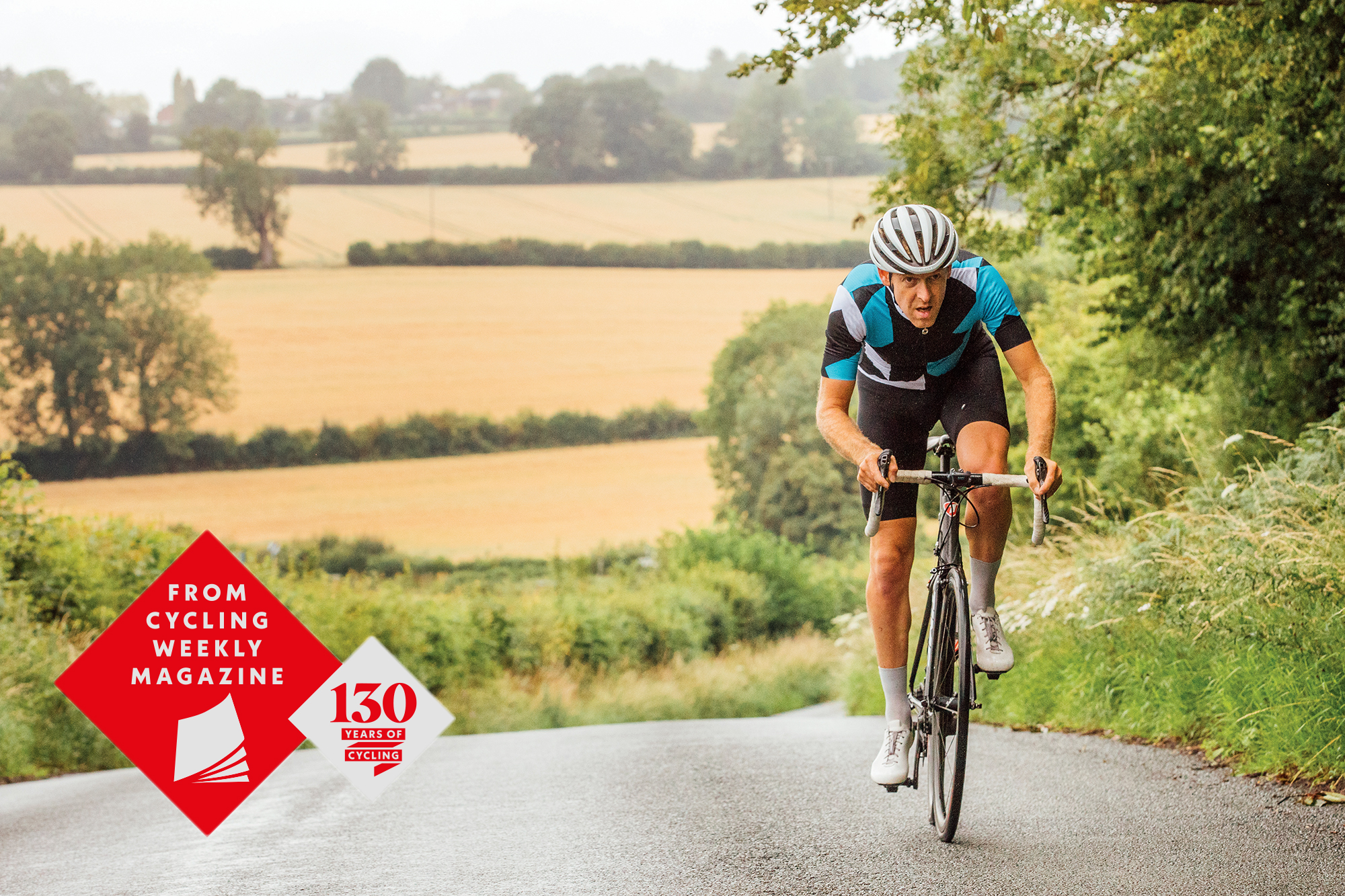
(Daniel Gould)
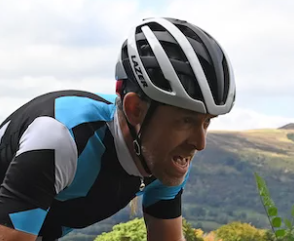
The list of past winners of the Archer Grand Prix reads like a who’s who of British domestic racing over the second half of the 20th century into the dawn of the 21st. Hugh Porter, Paul Sherwen, Paul Curran, Chris Walker, Roger Hammond, the list goes on. And then there was Mr Archer Grand Prix Steve Farrell, who between 1987 and 1991 took an unprecedented four wins in this now sadly lost classic British race. Run by north London’s Archer Road Club and orchestrated by the late Stuart Benstead, the race first appeared on the calendar in 1956 and was a mainstay of the domestic scene until its demise in 2007.
We are here to get a feel for the roads that made the race, to see where the attacks were launched and the hurt dished out over the years. The first editions of the Grand Prix departed the London Borough of Hillingdon and ventured up and down the A40, but even with 1950s levels of traffic this soon became unfeasible, so after a couple of years it relocated to the Chiltern Hills. Utilising the lanes and indeed the main roads between Beaconsfield and Amersham, a 12-mile circuit was plotted in this famously lumpy part of Britain and the race had its home.
Back in the 1950s, road racing in Britain was still in its infancy and run a bit like a cooperative. If your club wanted to enter riders in another club’s event then it was expected that you promote your own race to return the favour. The man who took on the job for the Archer Road Club was Stuart Benstead, a position he held for over 50 years. Benstead, who sadly died in 2019, was a legend of the British racing scene and right from the start he intended to have the strongest field of riders possible in his race. Together with Pete Jacobs and Mike Smith, he went to great lengths to ensure the best talent was always on the start line, including in that very first edition in 1956 when he offered free entry to the GB Olympic team, which they duly accepted.
In its 51-year, history the race was instrumental in the development of many riders. It was the springboard that launched Paul Sherwen on his Continental career and it also provided inspiration to aspiring riders in the area like Roger Hammond. Growing up, Hammond dreamt of emulating his heroes in the race he had watched as a kid, which he did by not only winning the junior support race (see box) but then bagging the real thing in 2000.
>>> Subscriptions deals for Cycling Weekly magazine
My guide to the roads used was long- time race director Colin Docker, who talked me though the evolution of the routes and explained how over the years the circuits, although anchored between Beaconsfield and Amersham, were in constant flux. Following his advice, we set off from the village of Penn Street and into the lanes that climb and fall, turn this way and that, have steep ramps, rapid descents and gruelling drags – perfect for a tough race.
Heading south-west from the village, we join Gravelly Way, then turning left, head immediately to the first hill on the loop and the location of one of the original three prime points (places where spot prizes or KOM points would be awarded). From the crossroads at the base, the climb of Knotty Green kicks up right away into the woods, hitting 10 per cent at its steepest then falling away into the outskirts of Beaconsfield. The launch pad for a thousand attacks, this was perhaps the key point on the whole circuit, especially as it was the last significant ramp before the finish each time. At just 700 metres long, it still stings, even after one ascent, so after eight or nine, and with 100 miles in the legs, it must have been agony.
Get The Leadout Newsletter
The latest race content, interviews, features, reviews and expert buying guides, direct to your inbox!
Death Hill
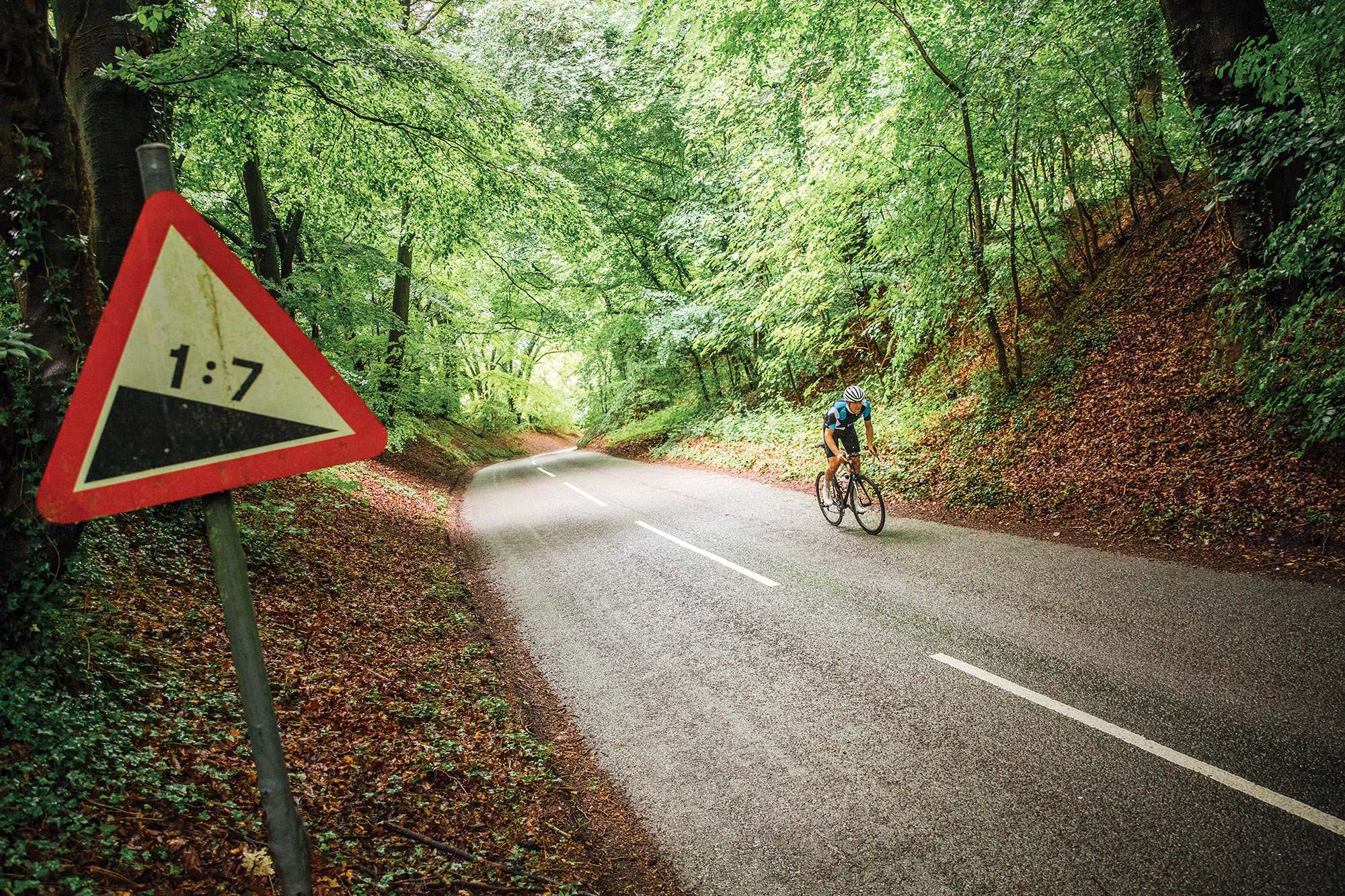
Rolling down into Beaconsfield, the course then headed north up the Amersham Road, climbing eventually to the Magpies Inn, which on race day would have been doing a healthy trade serving the many spectators that would congregate around this point. The first incarnations of the route then turned left towards its second hill-top prime into Coleshill. If you measure the elevation gain right from the base, this climb comes out at close to two kilometres but it’s only really this last part that is significantly steep. Glancing through a programme from the 1963 edition of the race, first to the top of this lump each lap was rewarded with the princely sum of one whole pound (£21 in today’s money) so well worth that extra little dig! From here the early routes would next plunge back down to the A404 on what was known as ‘Death Hill’ – yes, it is as steep as the name suggests, so take care. As time went on, loops were added (Death Hill was sagely removed) and the finish line moved from just outside Beaconsfield to further up the A355 past the Magpies Inn to make the most of the demanding drag up the Amersham Road, but it wasn’t until 2001 that course got a real shake-up.
Fearsome Whiteleaf
Due to a number of reasons, not least the sheer amount of traffic-calming that had been installed on the course, a new parcours was needed and this led Benstead to introduce a fearsome foe for the competitors to tackle, the mighty Whiteleaf Hill. Rising for 1,400 metres at an average of nine per cent, this beast is the toughest climb in the Chilterns and was far bigger than anything the race had featured before.
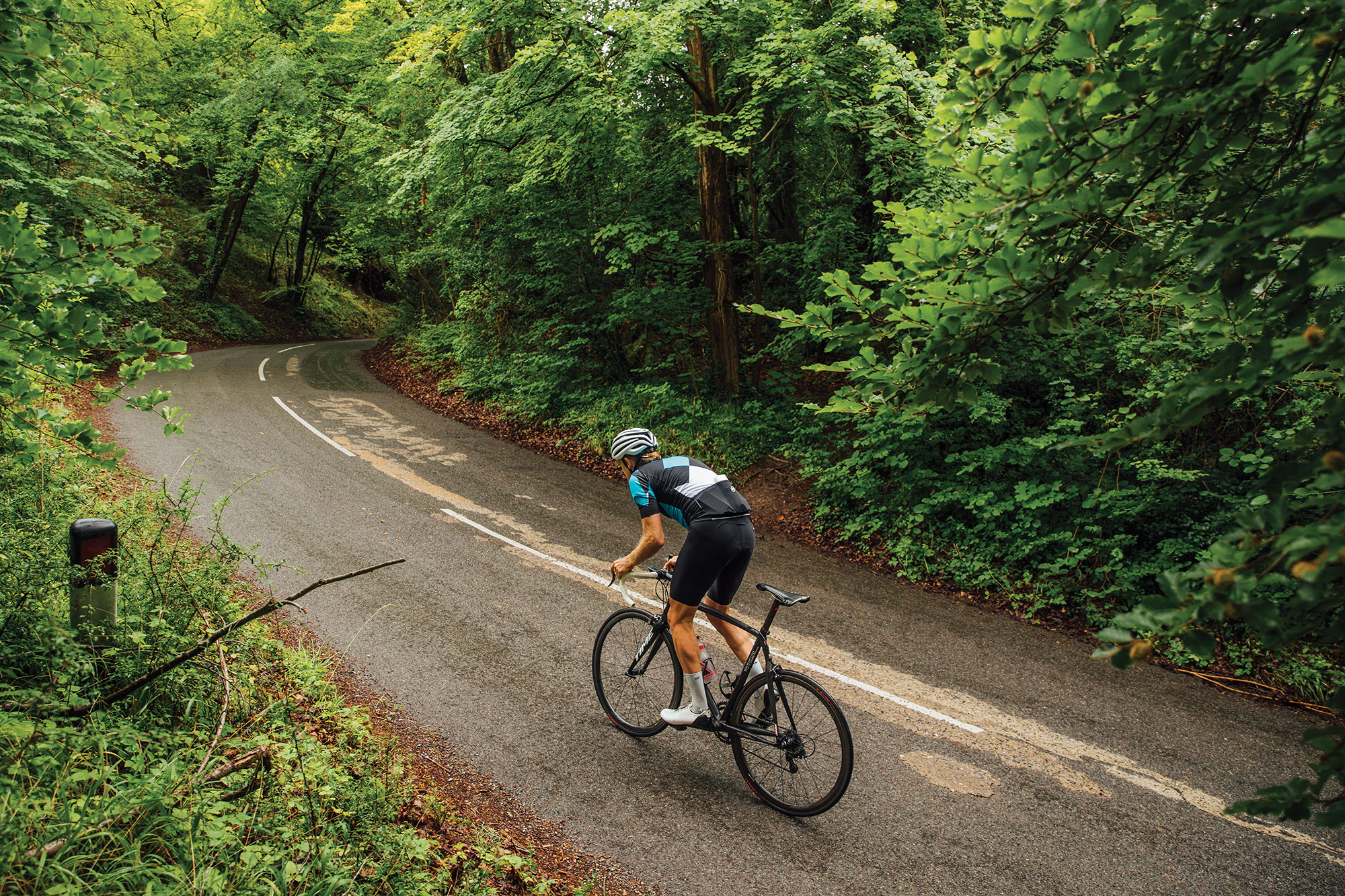
The race would now be constructed of two to three large loops, followed by a number of smaller ones on a more compact circuit, to finish. I asked Docker what effect the addition of Whiteleaf had on the race: “Oh, it had a big impact. With that big climb, the laps of the large circuit essentially became a series of massive chases.
Each time up the climb, the skinny guys would force the pace and drop the sprinters, who would then spend the rest of the lap battling to get back on, only to be dropped again!”
>>> Cycling Weekly is available on your Smart phone, tablet and desktop
To get there, we head west through Holmer Green and Great Kingshill then continue all the way to Hampden Road before turning right. We start the long strength-sapping drag north, and once at the top, plummet down to turn left before climbing once more. Then it’s up Longdown Hill (which replaced Whiteleaf in 2004) then down again, twisting through the woods to Monks Risborough and to the star attraction.
It is to be treated with the utmost respect; Whiteleaf has been destroying legs for as long as people have been able to ride up it. Far too long to go hard right from the base, you must play a waiting game, hold back and then make your move as you see daylight appear from under the canopy of trees overhead. It rises hard right away, then as it passes the last houses in the village, it eases off to allow you to catch your breath. Ahead you’ll see the right-hand bend arching up into the trees and it’s here where it really bites, all the way to the summit, which is always further than you think.
From the top of Whiteleaf, the race would head south-east but we tweak our ride to squeeze in another little climb and also the lightning-fast descent of Kop Hill. Turning immediate right at the top, we rocket down, turn left and then continue south to take on Wardrobes Hill with its tight left-hand hairpin before then rejoining the race route on top of the ridge heading towards Lowsley Row. From here is the long, steady descent back to the start of the loop, six glorious kilometres of downhill into the depths of Hughden Valley where the race would begin the second of its three large laps by climbing north once more.
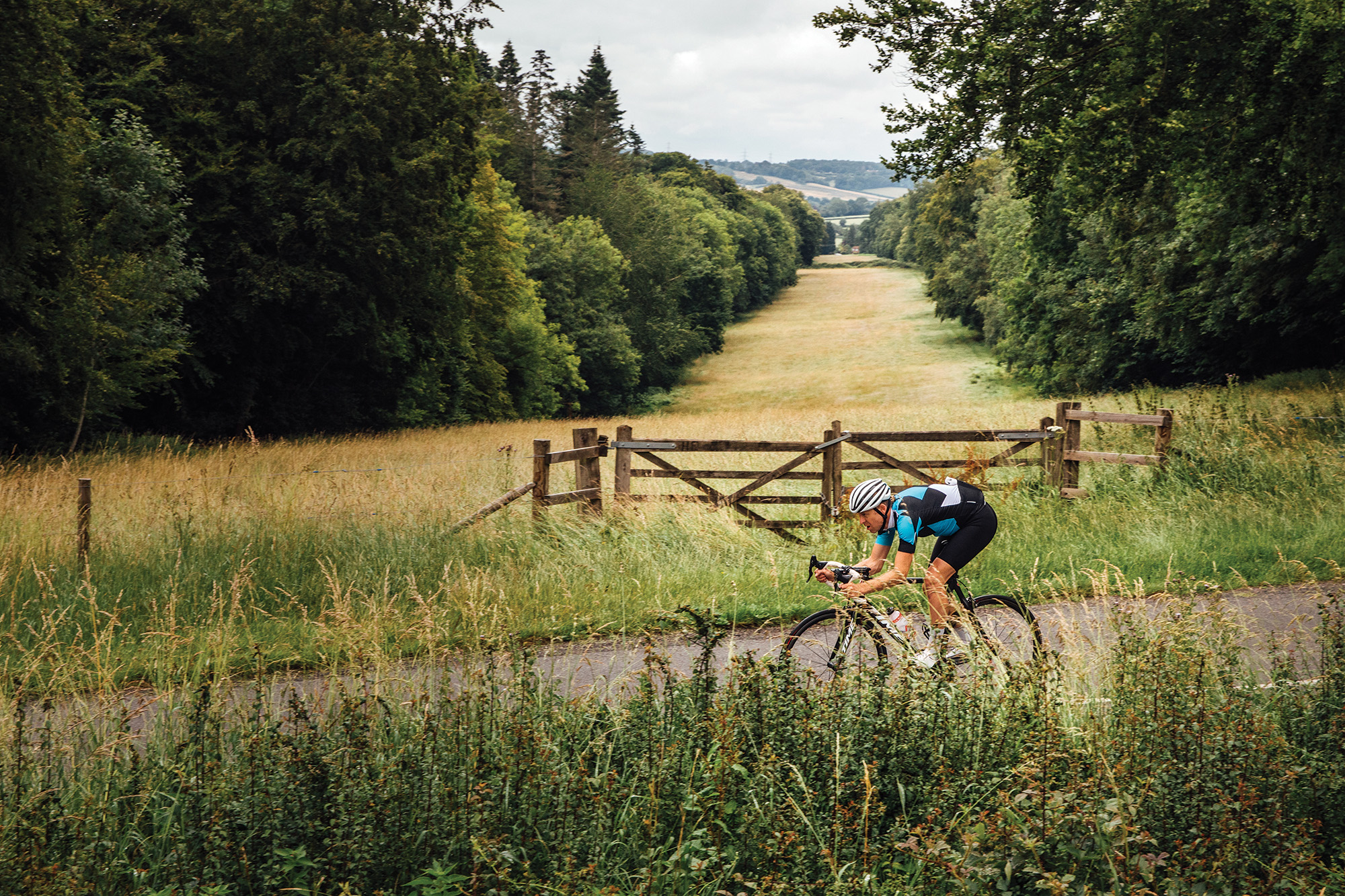
We leave this large circuit there though and now head back towards Penn Street to finish our ride on the smaller circuits in the familiar lanes between Beaconsfield and Amersham. Typically comprising seven laps, this smaller loop would bring the total race distance up to 118 miles, which some officials at British Cycling deemed too far. As Docker tells me though, Benstead was adamant that it would not be trimmed and would not have his event curtailed in any way. “The big European races were all around 200km so he felt the Archer should be too. There was always a full field signed on, so the riders clearly didn’t perceive it as too far or too hard,” recalls Docker.
Ride stats
Distance: 58.9km
Climbing: 830m
Climbs: 9
Relive a lost classic
To return, we ride east from Hughden Valley through Cryers Hill and Hazelmere, then after a few moments on the A404, turn right up Gravely Way to head back towards the climb into Knotty Green but at the base, instead of turning right, we head straight on then left to rise up into Winchmore Hill. This short kick up Fagnall Lane, 1.3 km of four per cent gradient to the finish on the village green outside, meanders between the hedgerows to level outside the Potters Arms pub and is what decided the final incarnations of the race. The final race, held in 2007, was won by Simon Gaywood; by then the cost of promoting the event without significant sponsorship had become too much. Another classic British race was consigned to the history books, then, but the roads remain as testing a parcours as any rider could wish to pit themselves against.
This feature originally appeared in the print edition of Cycling Weekly, on sale in newsagents and supermarkets, priced £3.25.
You can subscribe through this link here.
That way you'll never miss an issue.

Thank you for reading 20 articles this month* Join now for unlimited access
Enjoy your first month for just £1 / $1 / €1
*Read 5 free articles per month without a subscription

Join now for unlimited access
Try first month for just £1 / $1 / €1
Simon has been riding for over 30 years and has a long connection with Cycling Weekly, he was once a designer on the magazine and has been a regular contributor for many years. Arguably, though, he is best known as the author of Cycling Climbs series of books. Staring with 100 Greatest Cycling Climbs in 2010, Simon has set out to chronicle and, of course, ride the toughest cycling climbs across the UK and Europe. Since that first book, he's added 11 more, as well Ride Britain which showcases 40 inspirational road cycling routes. Based in Sheffield, Yorkshire, Simon continues to keep riding his bike uphill and guides rides, hosts events and gives talks on climbing hills on bikes!
-
 Full Tour of Britain Women route announced, taking place from North Yorkshire to Glasgow
Full Tour of Britain Women route announced, taking place from North Yorkshire to GlasgowBritish Cycling's Women's WorldTour four-stage race will take place in northern England and Scotland
By Tom Thewlis
-
 Positive signs for UK bike industry as Halfords cycling sales grow
Positive signs for UK bike industry as Halfords cycling sales growRetailer admits that the impact of Donald Trump's tariffs remains to be seen
By Tom Thewlis